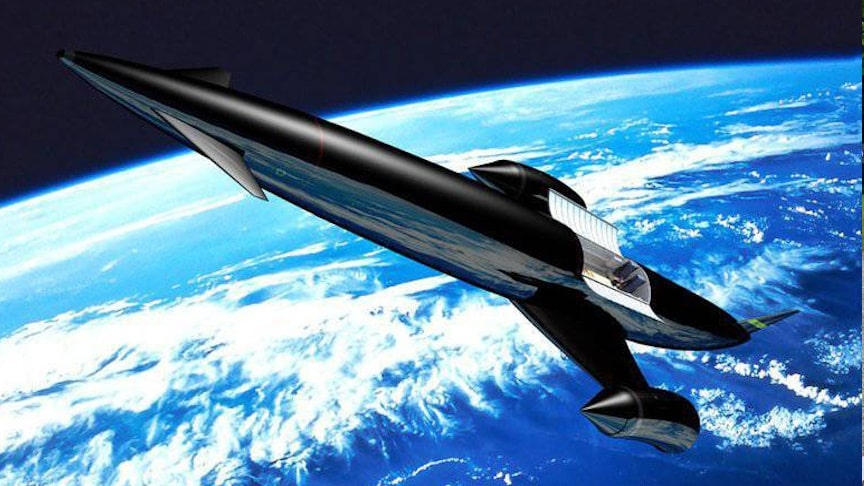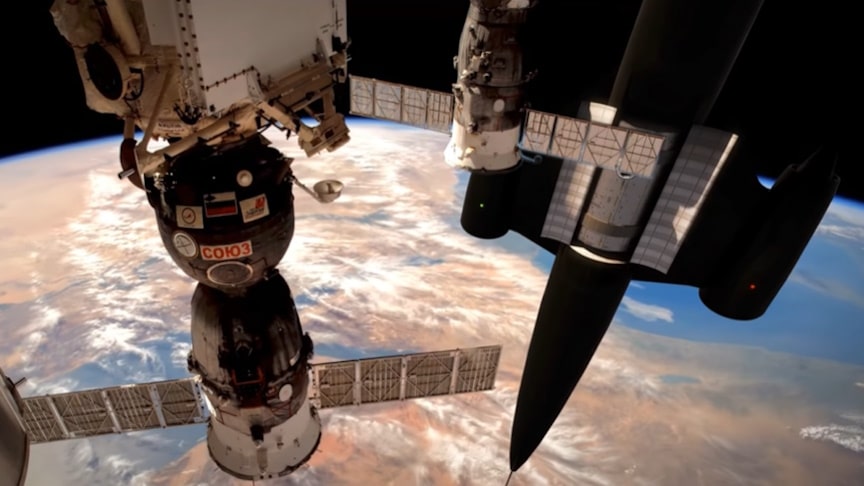Skylon is a series of designs for a single-stage-to-orbit spaceplane by the British company Reaction Engines Limited (REL), using SABRE, a combined-cycle, air-breathing rocket propulsion system.Developed from HOTOL (Horizontal Take-Off and Landing) project.
source.image: Skylon spaceplane
The vehicle design is for a hydrogen-fuelled aircraft that would take off from a purpose-built runway, and accelerate to Mach 5.4 at 26 kilometres (16 mi) altitude (compared to typical airliners’ 9–13 kilometres (6–8 mi)) using the atmosphere’s oxygen before switching the engines to use the internal liquid oxygen (LOX) supply to take it into orbit.
source.image: Hazegrayart
It would carry 17 tonnes of cargo to an equatorial low Earth orbit (LEO); up to 11 tonnes to the International Space Station, almost 45% more than the capacity of the European Space Agency’s Automated Transfer Vehicle; or 7.3 tonnes to Geosynchronous Transfer Orbit.
Advertisement
The design of the Skylon D1 features a large cylindrical payload bay, 13 m (42 ft 8 in) long and 4.8 m (15 ft 9 in) in diameter.It is designed to be comparable with current payload dimensions, and able to support the containerisation of payloads that Reaction Engines envisions being produced in the future
The relatively light vehicle would re-enter the atmosphere and land on a runway, being protected from the conditions of re-entry by a ceramic matrix composite skin. When on the ground, it would undergo inspection and necessary maintenance, with a turnaround time of approximately two days, and be able to complete at least 200 orbital flights per vehicle.












